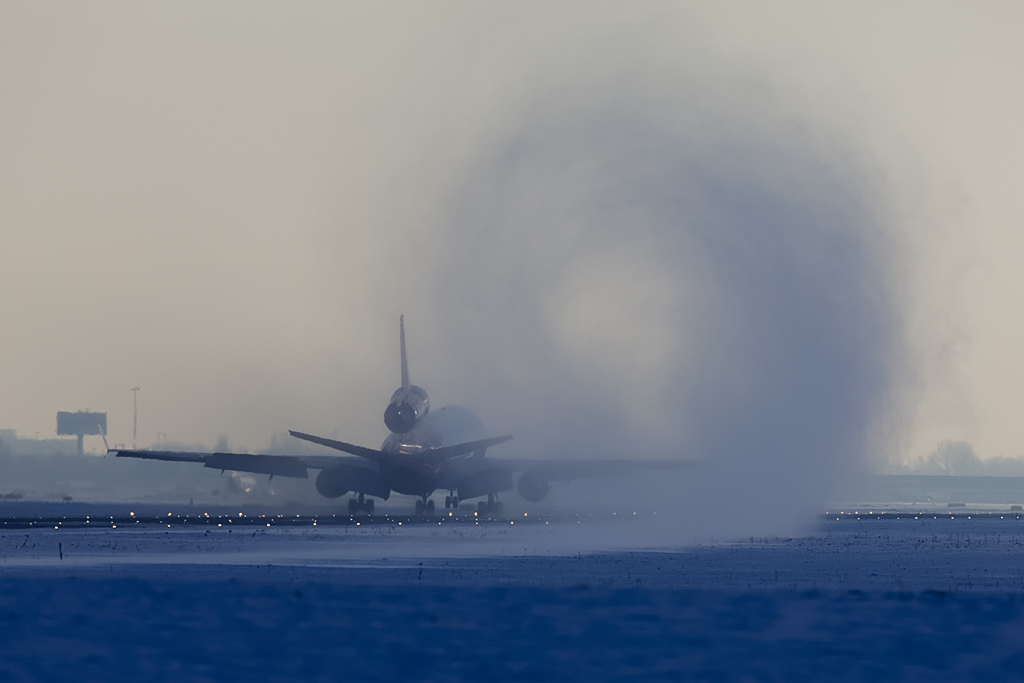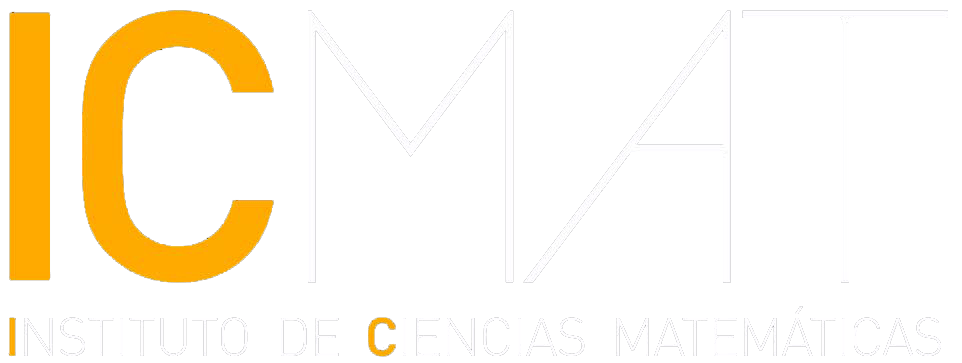In recent years, a new mathematical technique, called convex integration, has finally made it possible to model turbulence in a purely analytical way. ‘Understanding the scope of this theory and its relevance is a central problem in the mathematical community for the next quarter of a century’, says Daniel Faraco (ICMAT-UAM), co-organiser of the conference “Fluid mechanics at the ICMAT”, which takes place at the ICMAT from 5 to 7 February. The latest advances in this field will be one of the issues addressed at the event.

The mathematical study of turbulence is one of the main topics discussed at the Fluid mechanics at the ICMAT conference. Image: Maarten Visser.
From 5 to 7 February, the ICMAT is hosting the ‘Fluid mechanics at the ICMAT’ congress, devoted to the mathematical theory that studies incompressible fluids, i.e. fluids that cannot be compressed, such as liquids. ‘The meeting is a meeting point for a new generation of young researchers in the area of fluid mechanics’, says Daniel Faraco (ICMAT-UAM), organiser of the event together with Ángel Castro (ICMAT-CSIC).
The programme features 13 talks by international researchers who will address different aspects of the analysis of partial differential equations from fluid mechanics, an area at the intersection of physics, mathematics and engineering. ‘Although the equations of fluid mechanics are simple, classical questions such as whether their solutions are unique, regular or, directly, whether they exist – locally or globally – remain open. These questions are fascinating from a theoretical point of view, but they also have relevance for modelling real-life phenomena such as turbulence or chaotic trajectories,’ says Faraco.
The mathematical study of turbulence will be one of the main topics discussed at the event. It is the physical phenomenon behind tornadoes, hurricanes and danas, and understanding it is key to, for example, predicting the evolution of atmospheric fronts. ‘Since the 1940s, turbulence can be modelled stochastically or using statistical mechanics. However, only recently has it been possible to model it purely analytically, with a technique called convex integration,’ explains the mathematician. ‘Understanding the scope of this theory and its relevance is a central problem in the mathematical community for the next quarter of a century,’ he says. One of the great results obtained with this technique has been the proof of the famous Onsager conjecture, formulated in 1949 by the Nobel laureate in chemistry Lars Onsager.
The keynote speakers are Edoardo Bocchi (Politecnico di Milano), Oscar Domínguez (CUNEF), Claudia García (University of Granada), Eduardo García-Juárez (University of Seville), Bjorn Gebhard (University of Münster), Vikram Giri (University of Zurich), Hyunhu Kwon (University of Zurich), Daniel Lear (University of Cantabria), Luis Martínez (University of Basel), Francisco Mengual (Max Planck Leipzig), Elena Salguero (Max Planck Leipzig), Marcos Solera (University of Valencia) and Francisco Torres de Lizaur (University of Seville).
This content has been automatically translated. The original text may differ slightly
